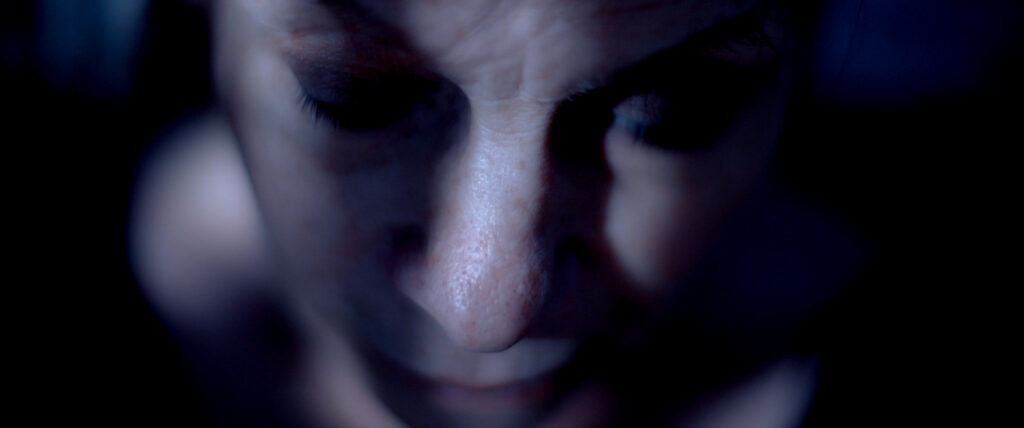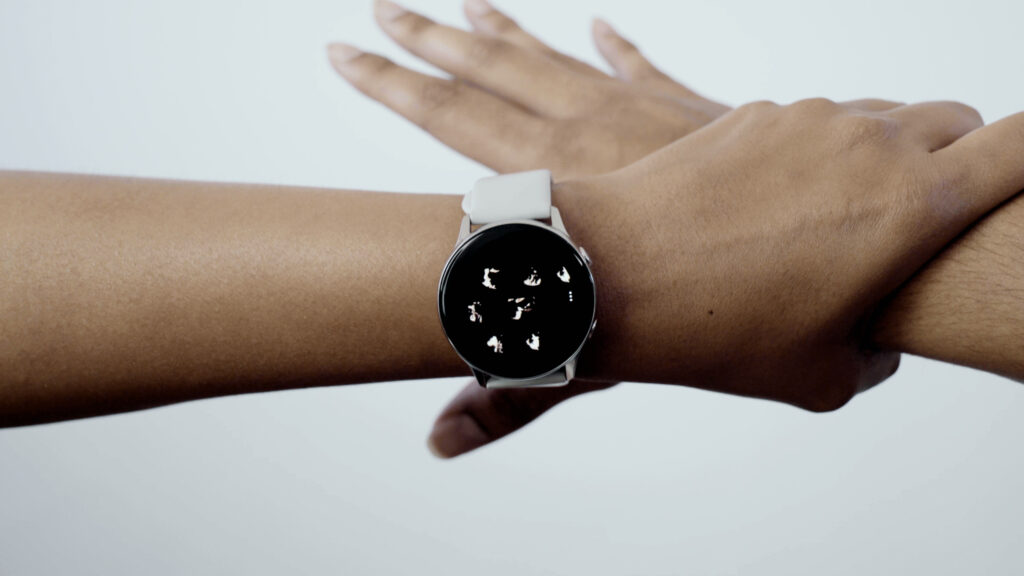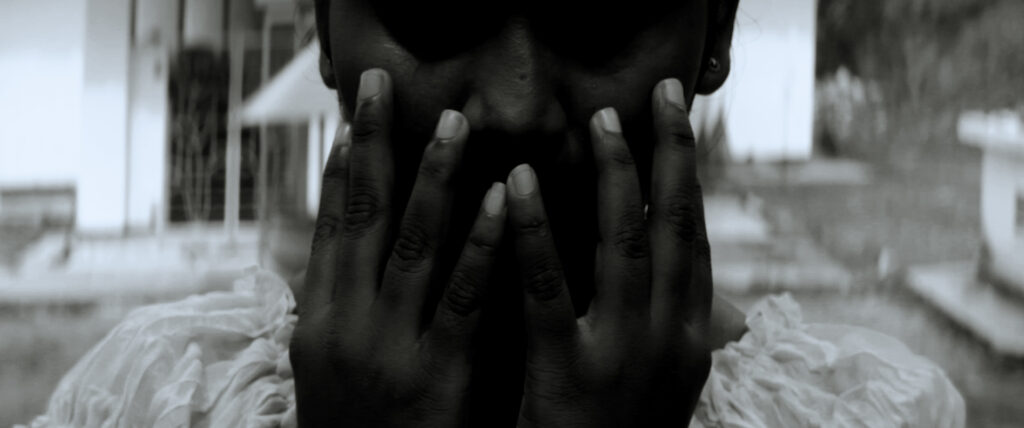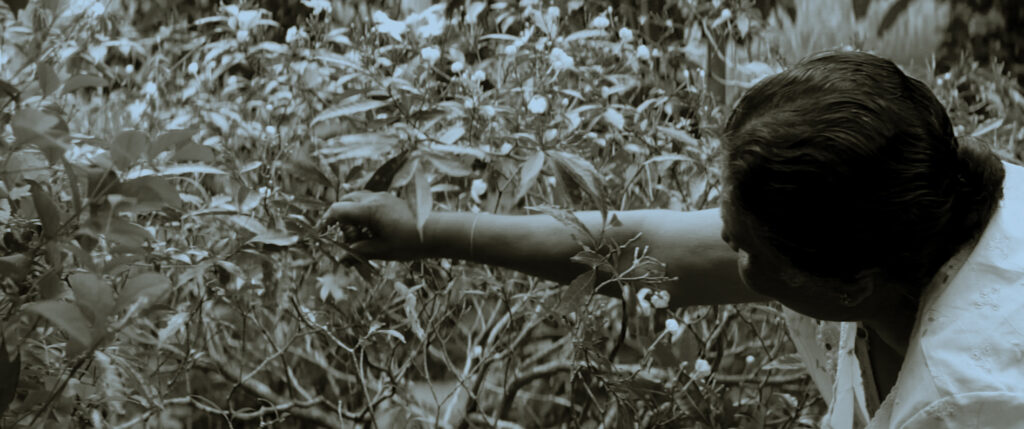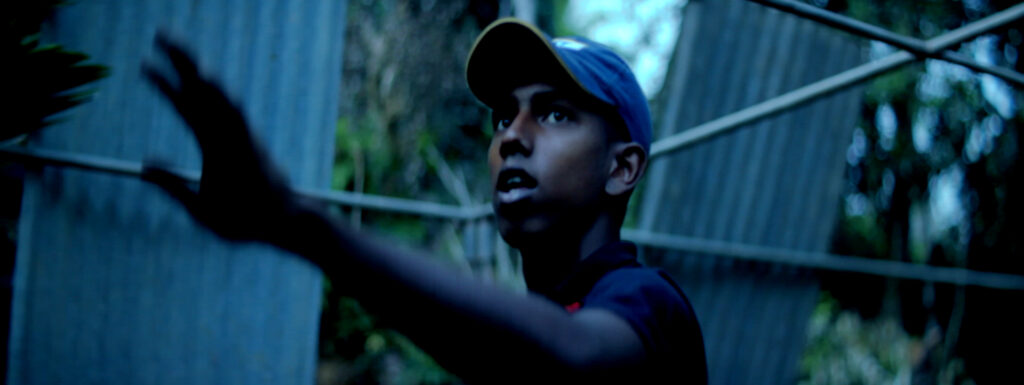Rajee Samarasinghe
Rajee Samarasinghe’s body of work tackles contemporary sociopolitical conditions in Sri Lanka through the scope of his own identity and the deconstruction of ethnographic practices. BFMAF 2021 presents a series of Samarasinghe’s 12 short films shot over a decade—an archive of images navigating the terrain of migration, memory, and impermanence.
Rajee Samarasinghe has developed a strikingly original and kaleidoscopic film practice, encompassing myriad film formats, techniques and aesthetics to render recurring subjects of interest, including the Sri Lankan Civil War, family, memory and film form itself.
Samarasinghe grew up amidst the violent and turbulent period of the Sri Lankan Civil War, emigrating with his family to the US when he was 10. In his films, Samarasinghe often returns to his mother’s village in Southern Sri Lanka as a setting. In If I Were Any Further Away I’d Be Closer to Home, Samarasinghe revisits his mother’s place of birth to create a sensuous and perceptive study of noodle makers and a portrait of labour. Connecting with his family’s past and present, in The Eyes of Summer, Samarasinghe films an improvisation with family members to evoke his mother’s childhood communications with the incorporeal world.
Samarasinghe draws on a vast collection of footage that he’s filmed for over a decade, and familiar motifs, places and people reoccur across his work, each time entering into new conversations. In this way, Samarasinghe enters into a generative dialogue with himself and his work, excavating his own archive of images to create evocative explorations of memory, identity and Sri Lanka in the post-war era.
Samarasinghe’s work displays an accomplished and studied handling of cinematic language, and at the same time pushes that language into new and unexpected configurations. Actively interrogating the forms he uses, Samarasinghe utilises and subverts conventions of documentary, narrative and experimental cinema. Working in close proximity to non-fiction, Samarasinghe’s films are rich with observational moments but resist delivering easy truths. Samarasinghe employs disruptions and ruptures, deconstructing the documentary form and drawing our attention to the construction and materiality of the image. In The Spectre Watches Over Her, a filmed restaging of his mother’s childhood exorcism, Samarasinghe uses high contrast hand-processed 16mm film to abstract the representational elements of the footage, creating a textural film imbued with an elusive history. In The Exile, superimposition is used to disrupt instances of observation, collapsing the film’s sense of space and temporality with flashes of light.
Often employing a collage-like approach, Samarasinghe creates arresting compositions that can be described as lyrical assemblages or cinematic poems. A stunning example of this is Show Me Other Places, a dizzying cavalcade of images that transport the viewer across multiple terrains. Weaving together documentary footage with expressive painterly visuals, and using an abundance of techniques and manipulations, the work conjures forth a stream of associations that are endlessly surprising and stimulating.
In several works, Samarasinghe destabilises and challenges audience perception by playing with cinematic temporality, decelerating and then accelerating time. In everyday star, the film begins with slow motion portraiture followed by a sequence of time-lapse footage. The slowness envelopes the viewer into a filmic dream-space, while the increase in speed subverts the experience of space.
One of the most notable qualities of Samarasinghe’s imagery is its multi-sensory and tactile nature. Samarasinghe’s work belongs to the realm of haptic cinema, creating luminous and textural images that engage the senses and encourage embodied viewing. In the past, Samarasinghe employs shallow depth of field and extreme close-ups to draw our attention to small facial details, an eyelash, a teardrop, a cheek, whilst throwing the background into an impressionistic blur of colour and light. This film echoes an earlier work, the richly atmospheric black widow summer set, another sublime choreography of light and dark. In this instance, minimal light and close framing are used to create a sense of intimate looking, as bodies are cast as shadowy landscapes. —Alice Miller
Informed by principles of psychogeography and human ecology, this non-verbal film suggests a mournful narrative involving humans and the nocturnal and crepuscular landscapes they inhabit.
Run Time
Everyday states of being and decay are observed through the infinite scope of the cosmos and the restorative light which emanates from it, driving cinematic and photographic impulses.
Run Time
The condition of distance, genetic to the ethnographic image, traces the elusive qualities of Samarasinghe’s mother’s past and persona as a woman of partial Chinese heritage.
Run Time
A silent poem reflecting on the place of the filmmaker’s mother’s birth and her first traces on earth. A generational portrait of South Asian “makers” becomes a perceptual voyage into memory, experience and touch.
Run Time
Rajee Samarasinghe’s body of work tackles contemporary sociopolitical conditions in Sri Lanka through the scope of his own identity and the deconstruction of ethnographic practices. BFMAF 2021 presents a series of Samarasinghe’s 12 short films shot over a decade—an archive of images navigating the terrain of migration, memory, and impermanence.
Run Time
This associative stream of visuals, culled from the past, reflect on the roles of art, labor and journalism in contemporary Sri Lanka, facing a dubious future ahead. Memory and ethnographic deconstruction cascade in an obliterated form, forging a dire and prescient assemblage.
Run Time
At the centre of this film is a Sri Lankan woman accessing other places in digital form, while situated in her own physical reality. Navigating through a multitude of spaces from the natural world to man-made environments as well as virtual planes, traditional relationships between the creator, the tool, and the subject are questioned, shattered and reconstructed.
Run Time
Shot improvisationally in 2010, shortly after the end of the Sri Lankan civil war, this film takes a lyrical approach to examining recent history and the process of reconstruction in the post-war era. The visions of an exile are carried through an immoral silence, to an end both dubious and bittersweet.
Run Time
Run Time
Two people mourn an unsaid tragedy in this silent and improvised play in cinematic narrativity and melodrama, telling an elegiac tale in portraiture. In looking at narrative cinematic storytelling, this piece also examines the devices of power and control embedded into that form and tradition.
Run Time
A paean to Kenneth Anger, this film is depicts a short procession of colourful material and a mysterious woman lit by the sun.
Run Time
A reaction to the groundbreaking text by Swiss anthropologist Paul Wirz entitled “Exorcism and the Art of Healing in Ceylon,” this silent and hand processed film considers a history of colonialism and ethnographic practices in South Asia. At his mother’s village, Samarasinghe restaged an exorcism once performed on her in the early 1960s when she was a little girl. Possessed by the lecherous entity known as the Kalu Kumara, the Sanni Yakuma healing ritual was performed over a 12-hour period.
Run Time
A performance film consisting of a string of five slow motion portraits of a young woman—recalling the stillness of photographs. Each portrait varies in length and gesture as her myriad expressions invite our gaze.



